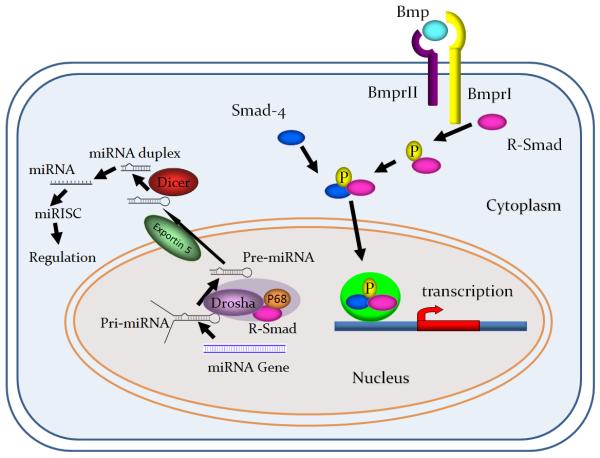Figure 1. Summary of Bmp-signaling pathway.
In the canonical pathway, Bmp ligands bind to type II receptors then activate type I receptors. Activated type I receptors phosphorylate R-Smads (Smad 1,5,8) and following release from the type I receptors, phosphorylated R-Smads associate with the common Smad4 to form complex, which can then initiate transcription of target genes. Recent findings indicate that Bmp signals regulate gene expression through pathways mediated by microRNAs. Bmp signaling can regulate miRNA expression via the canonical pathway, and in addition, Smad1/5 can bind to a sequence specific site in the primary (pri)-miRNA to recruit the Drosha complex and promote the processing of the pri-miRNA to the precursor (pre)-miRNA (Davis et al., 2008; Davis et al., 2010; Li et al., 2010).

